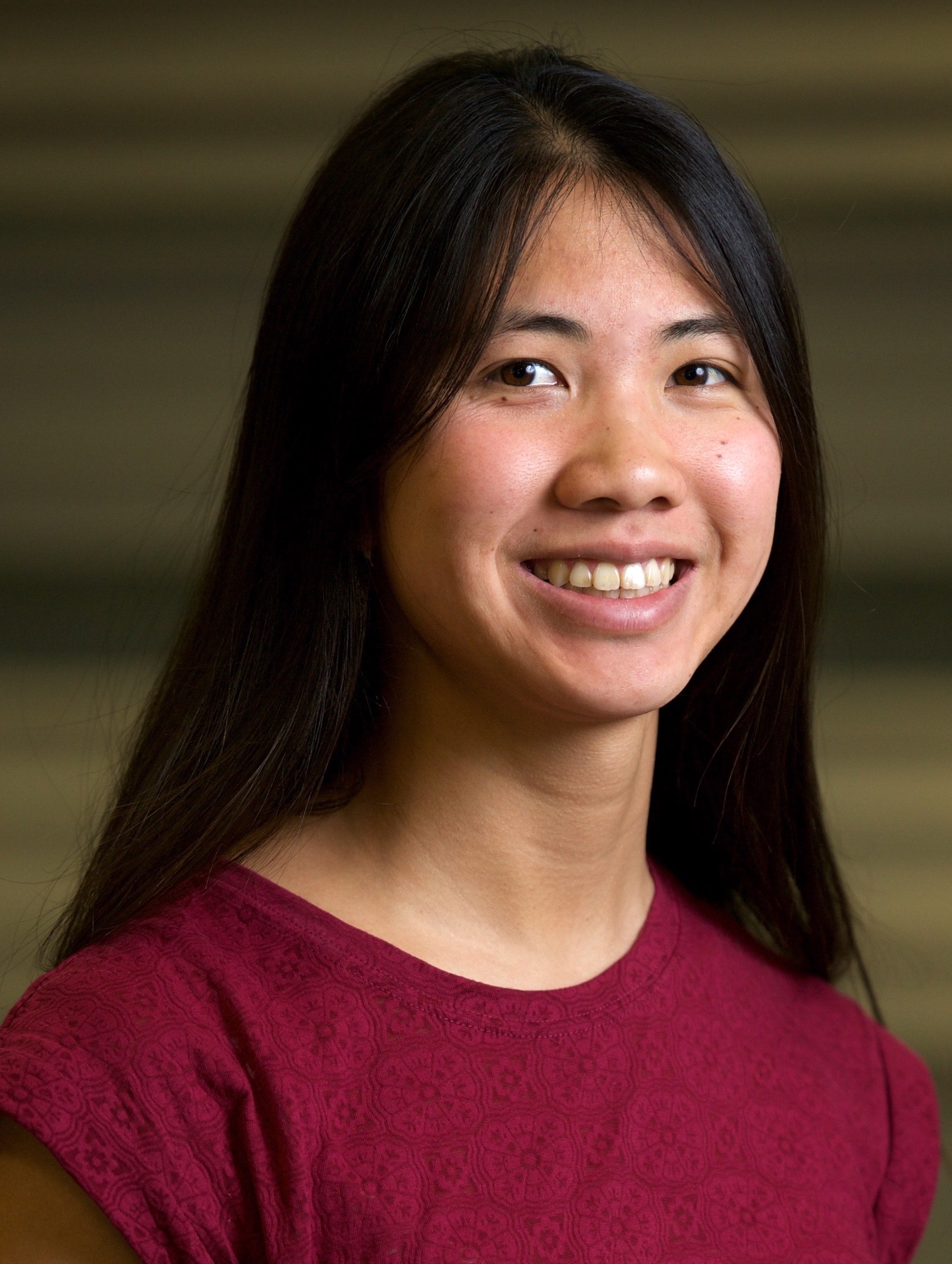Gee, Carolyn
|
Carolyn Gee is conducting her PhD thesis research in experimental particle physics at CERN (European Organization for Nuclear Research) in Geneva, Switzerland. CERN is the largest international laboratory in the world, so she plans to use the teaching and communication skills developed from PDP to engage with diverse members of the public who come to learn about the research done there. She also plans to use the leadership and team building skills gained at the PDP to work with international collaborators on modern particle physics research.
|
 |
Teaching Activity Summary
Name of Teaching Activity: 2018) Light Diffraction and 2019) Simple Harmonic Oscillation
Teaching Venue & Date: UCSC PREP 2018 & UCSC WEST 2019
Learners: 25 community colleget transfer-students.
Reflection on how the activity designed was influenced by research on equity & inclusion in STEM teaching:
Since many transfer students are from diverse backgrounds, we thought it was important to have them think about their own identities as scientists and engineers. Hazari et al (Hazari, Sonnert, Sadler, & Shanahan, 2010. "Connecting high school physics experiences, outcome expectations, physics identity, and physics career choice: A gender study.") found that there is a strong correlation between a student’s “physics identity” and their persistence in studying physics. Hazari et al found that recognition from friends, family, and teachers of being a “physicist” is a primary impact on a learner’s physics identity, even more so than their grades in math and science courses.
We designed our activity with this in mind, explicitly discussing as a group how they defined a “scientist” and pointing out the scientific practices that they were participating in. This included coming up with their own question to investigate, collaborating with peers to investigate their question, using their results to create a model and expand their investigation, and analyzing the similarities and differences between results from different systems. Finally, students presented their results to their peers in a poster session so that students could gain recognition from their peers and facilitators of being scientists. Each student worked with a partner or two in making the poster, but took turns presenting it and seeing the other posters so that each student had the opportunity to take ownership of their work. We asked students to discuss in their groups what scientific practices they used during the activity.
In a future iteration of this activity, I would expand this discussion to a group discussion so students could share their ideas more broadly. In terms of facilitation, we emphasized that they were participating in an inquiry activity, where we as facilitators prompted them but did not give them the answers so they could feel ownership of what they were learning. We also designed the activity so that students would be rotating who they were working with a lot, so they would get to meet a lot of different STEM people they will be working with in their classes at UCSC. Students said it was a much more engaging experience than any lab course they had taken, since they got to design the investigation instead of following a lab manual.
